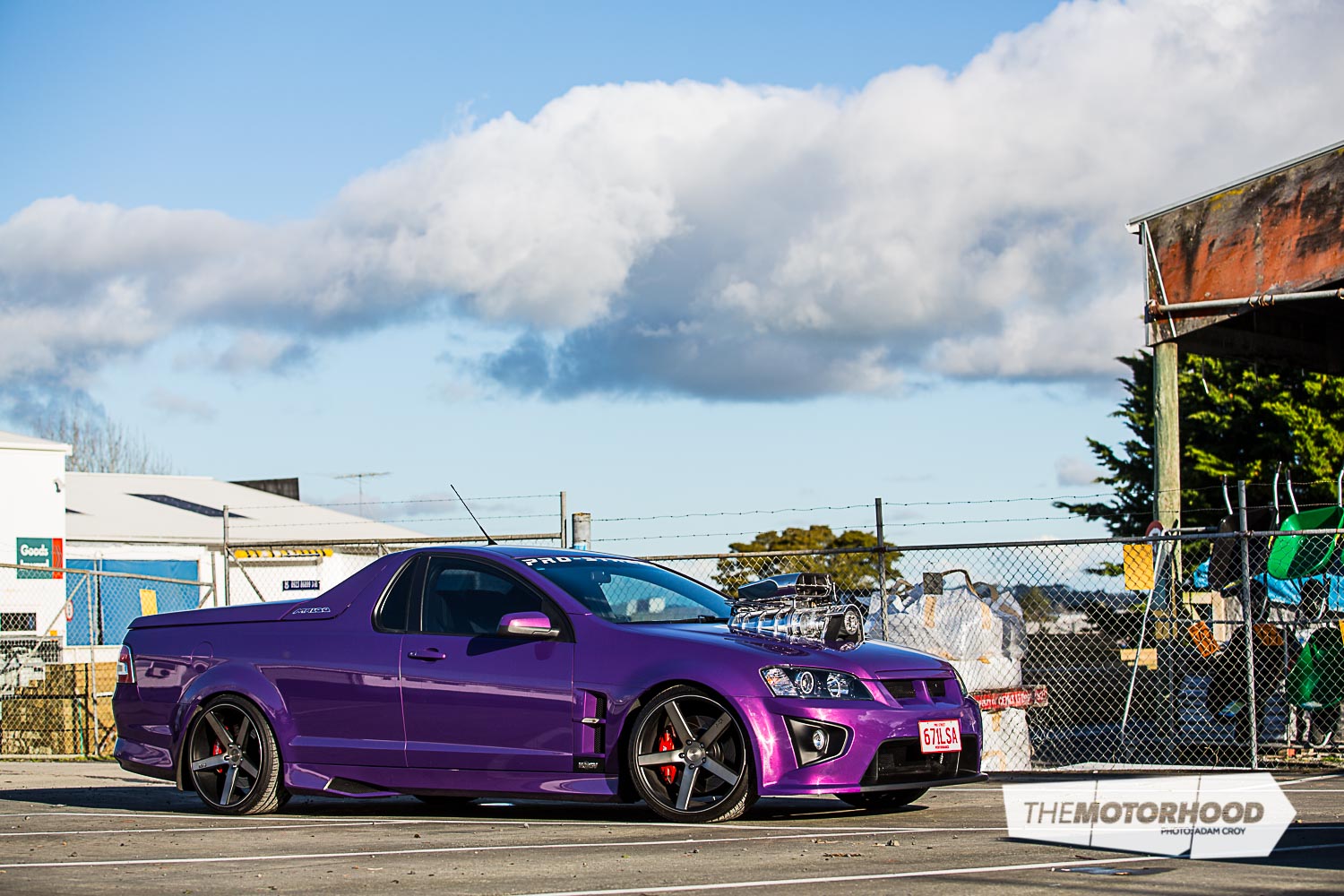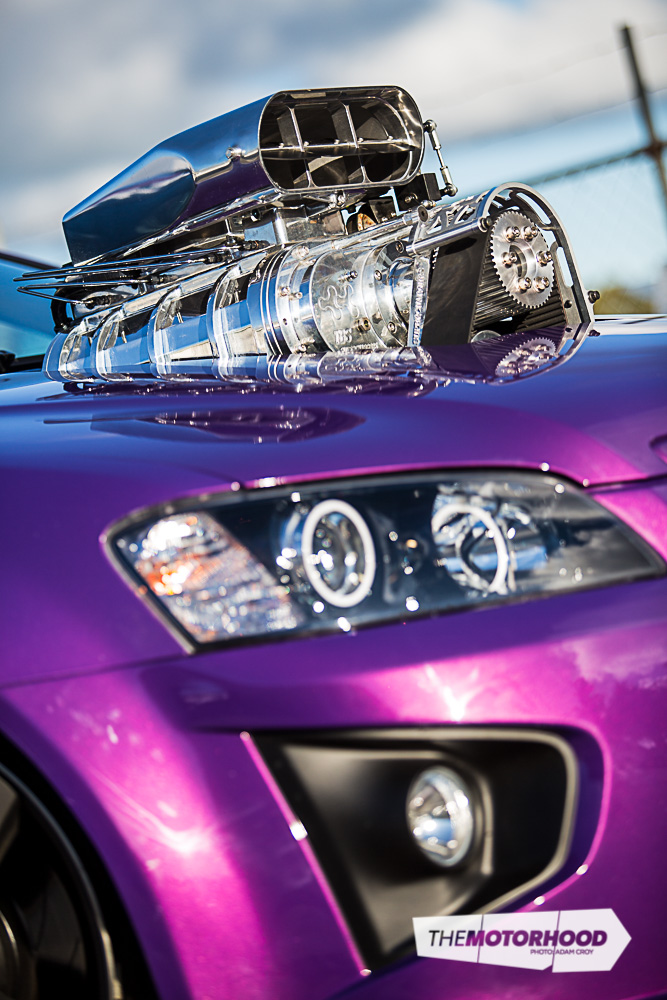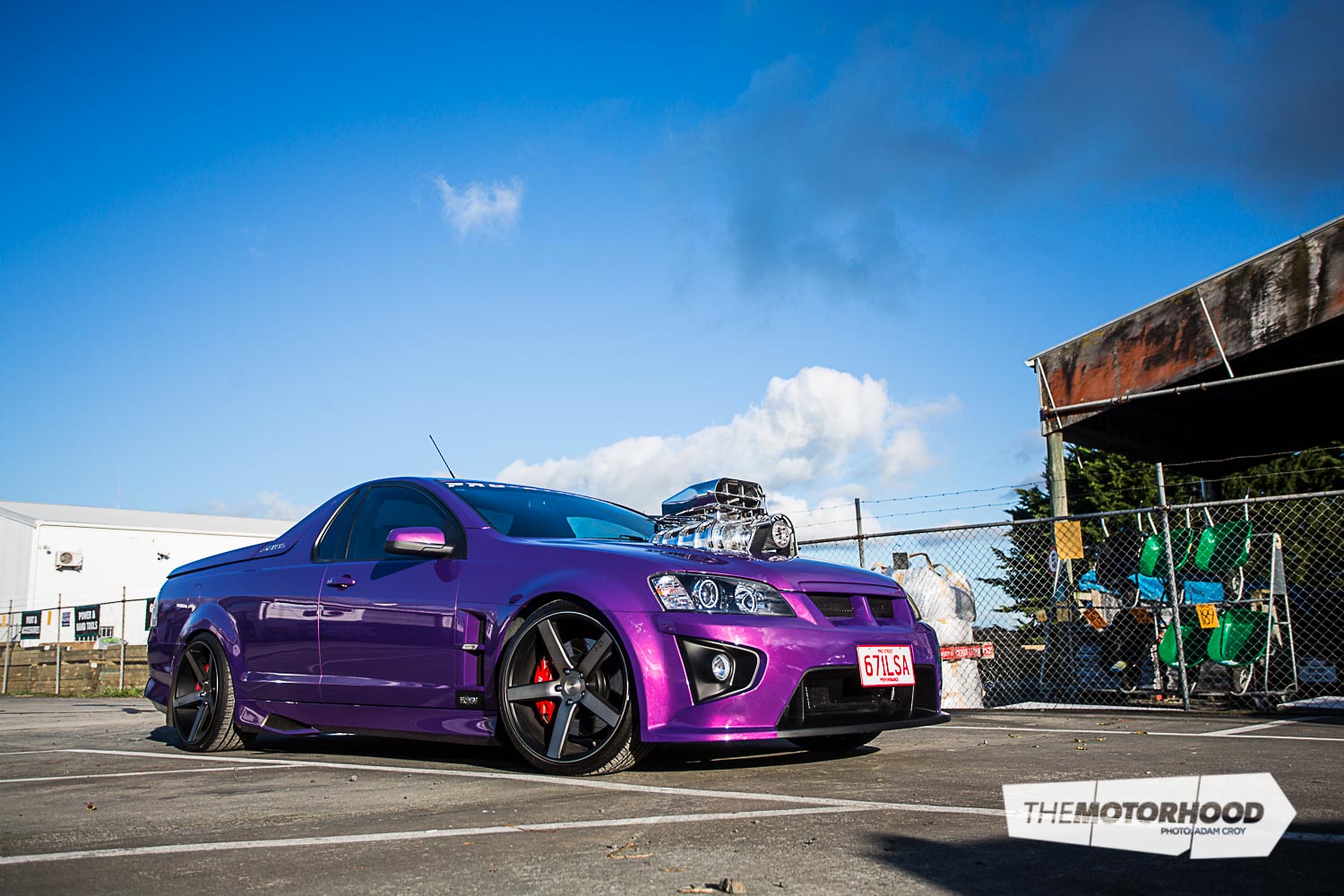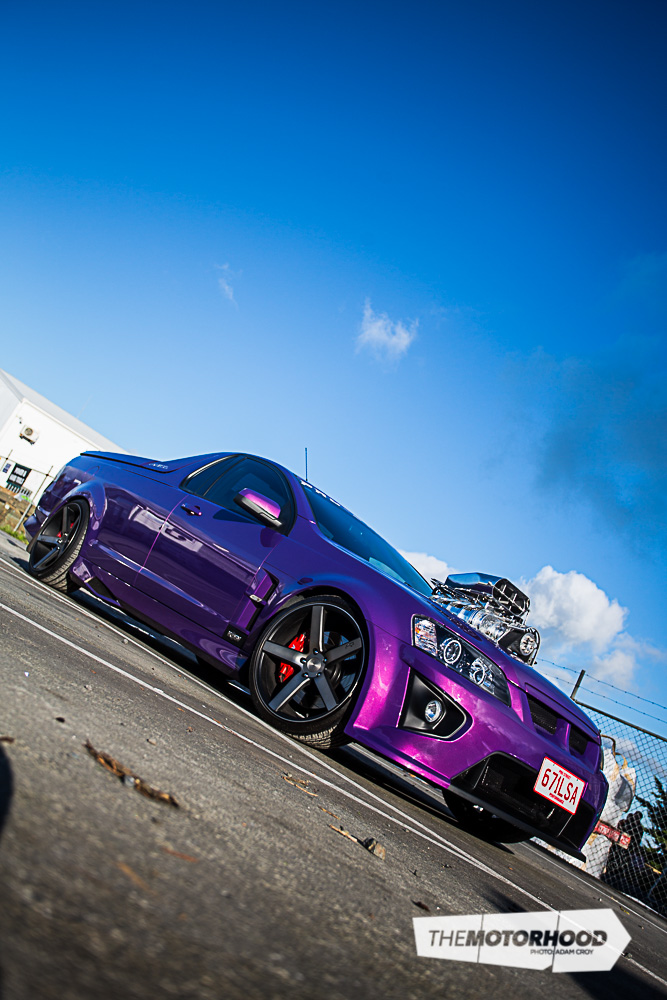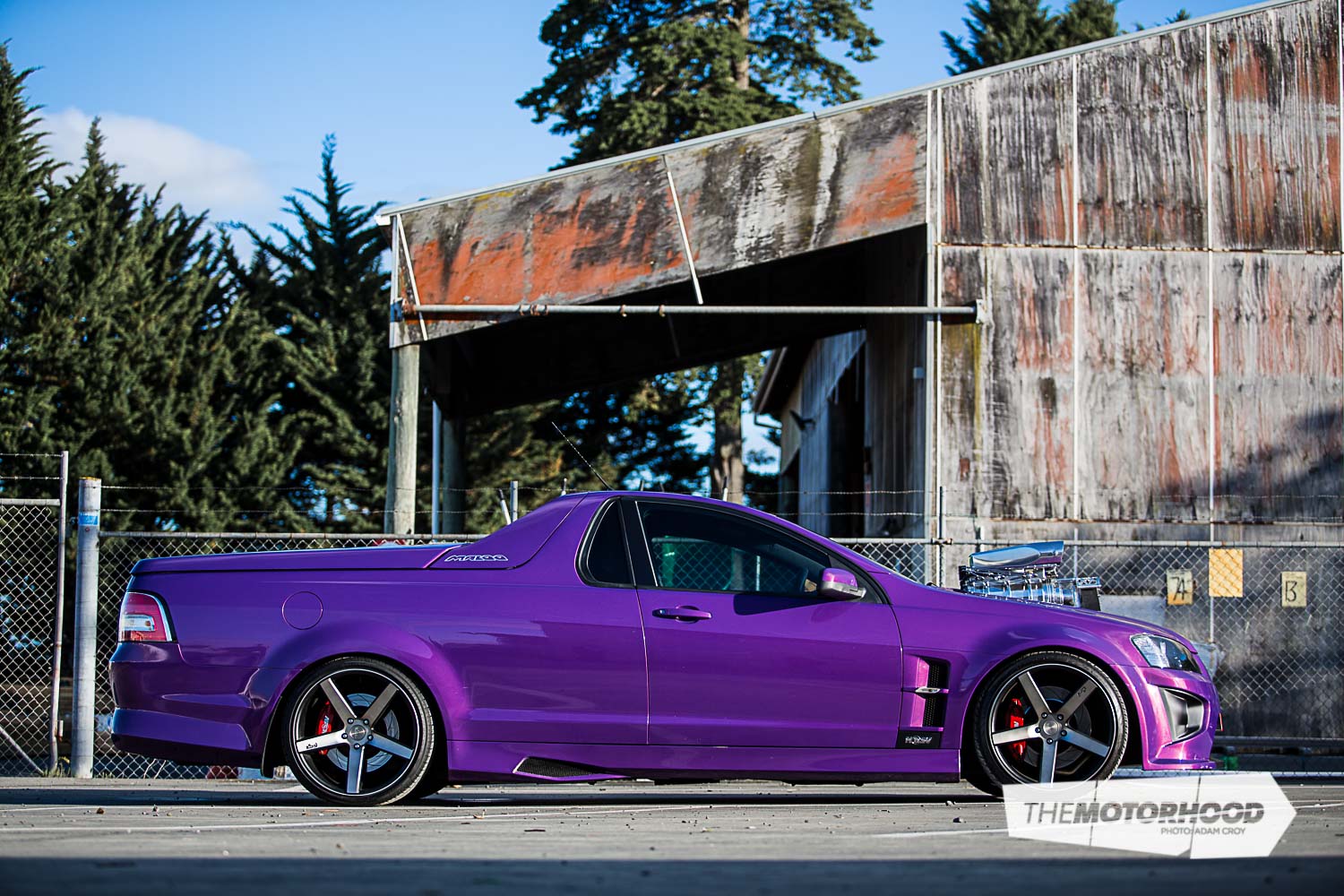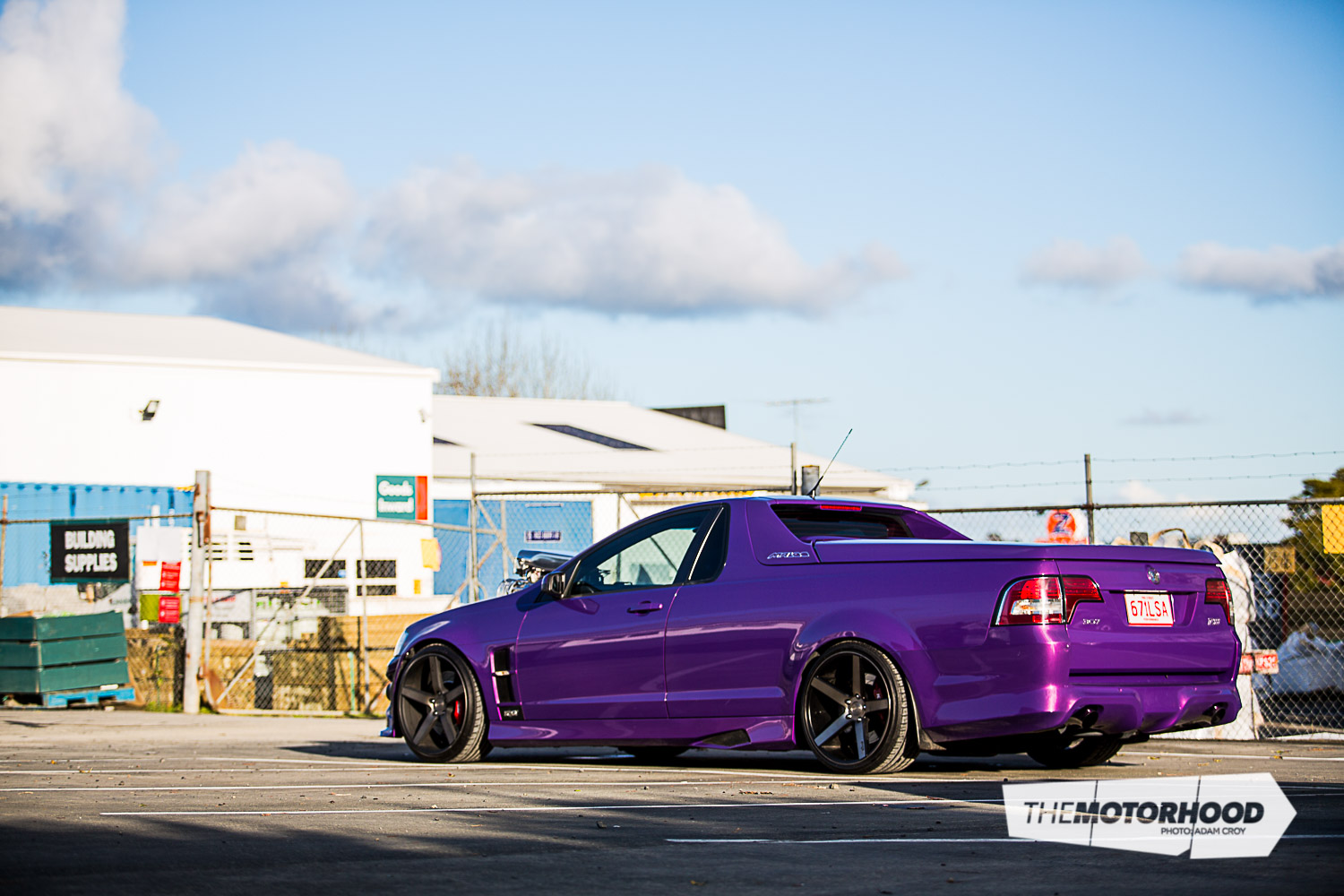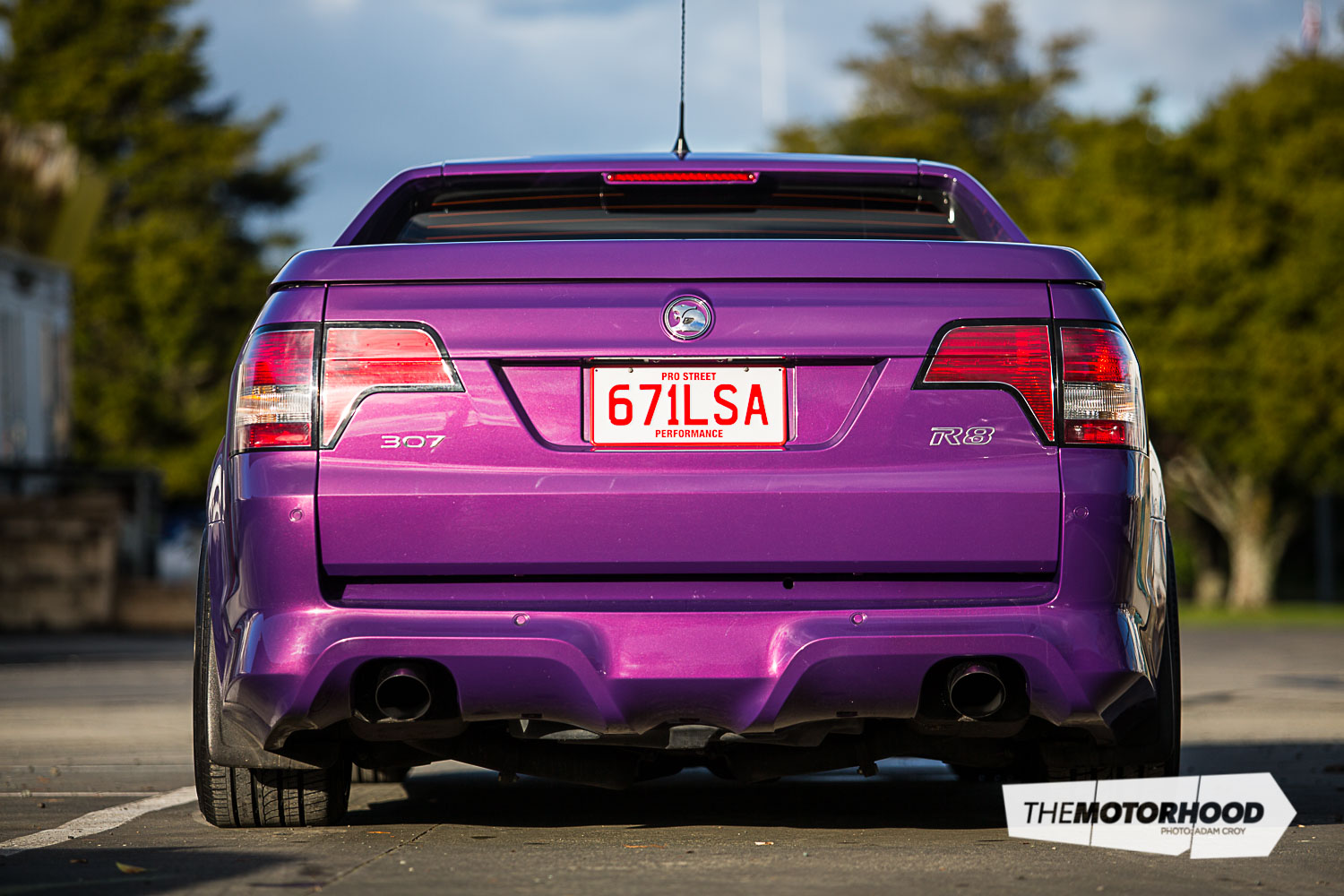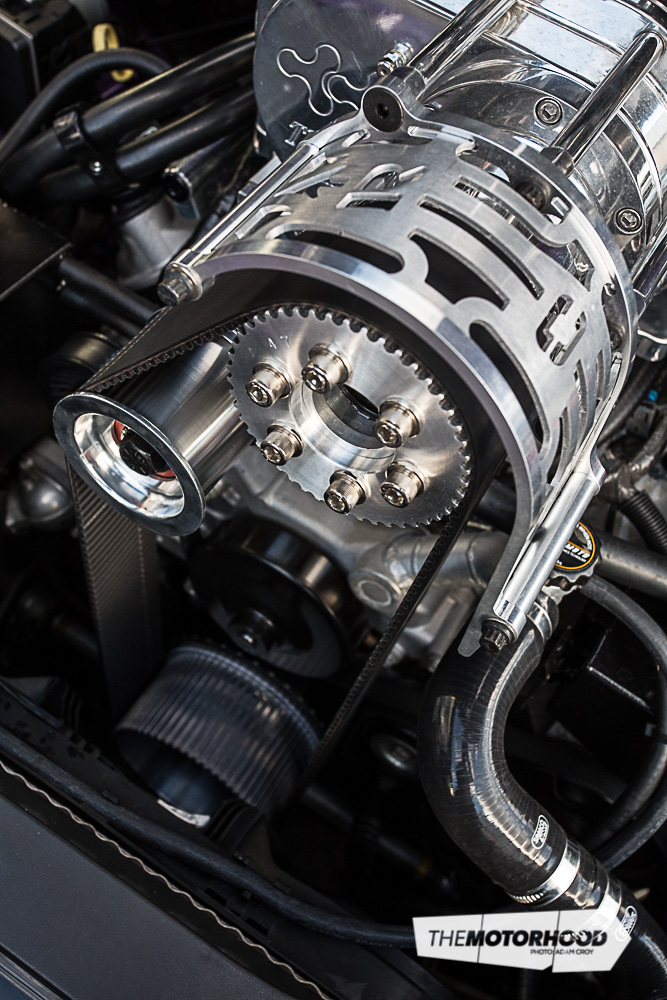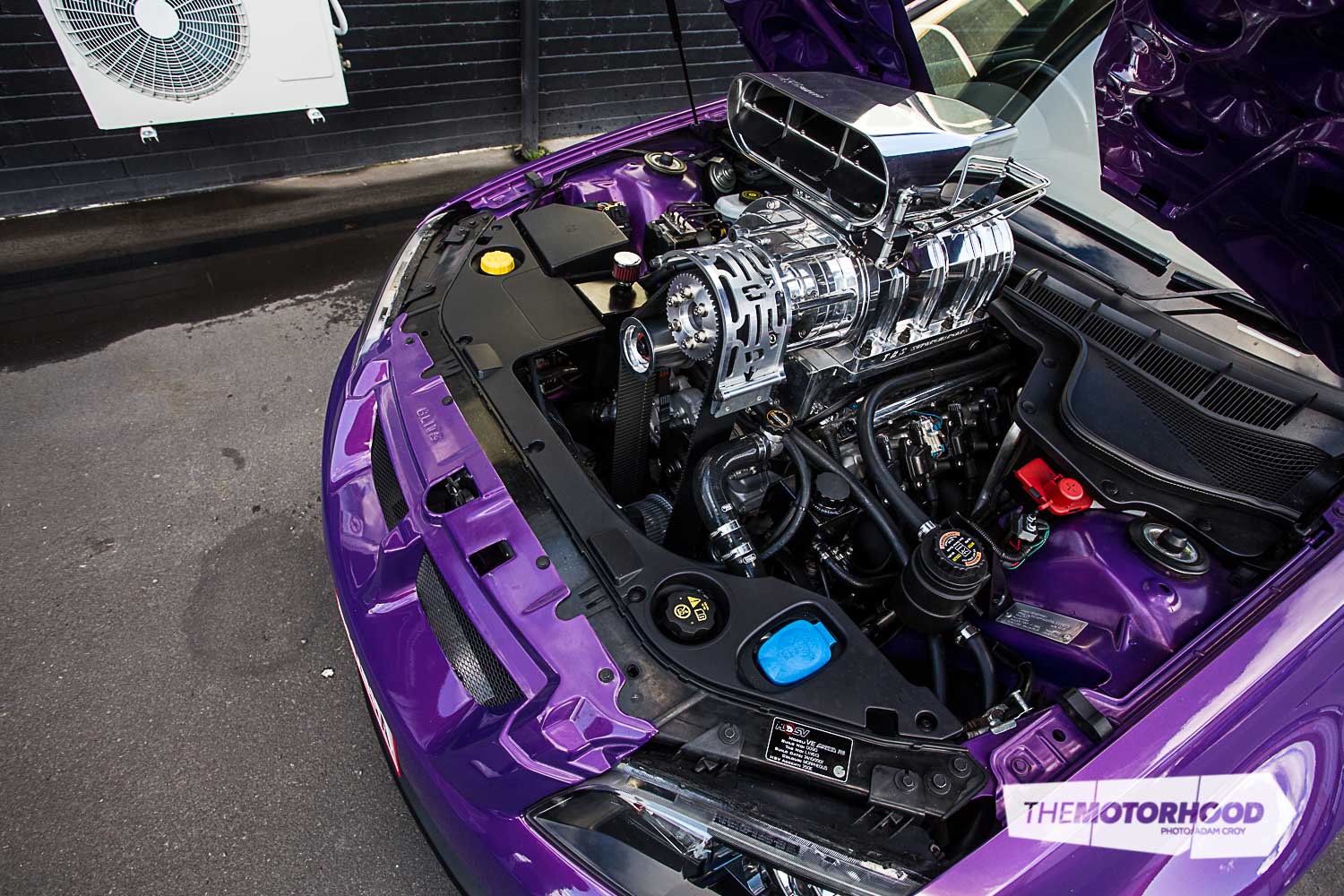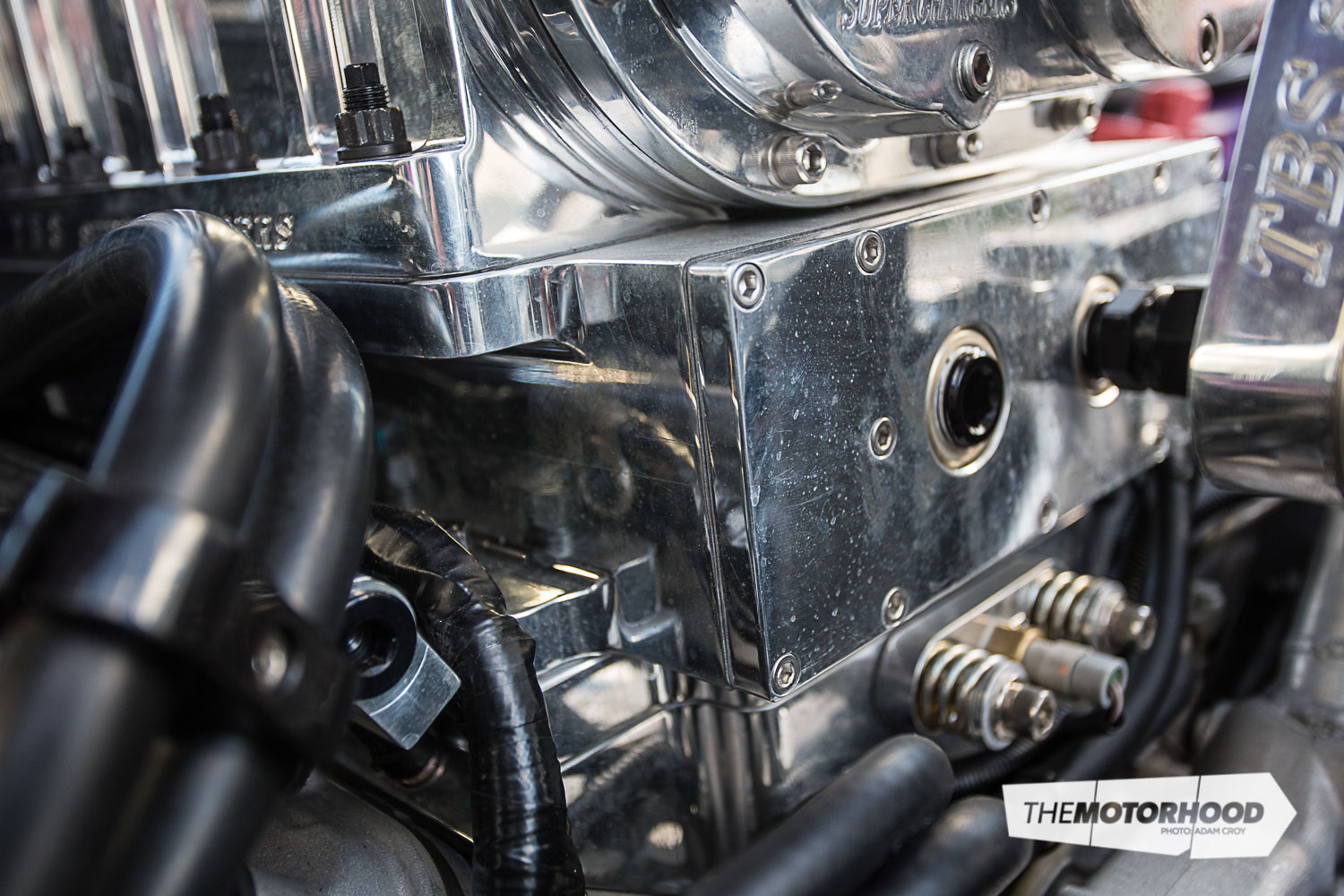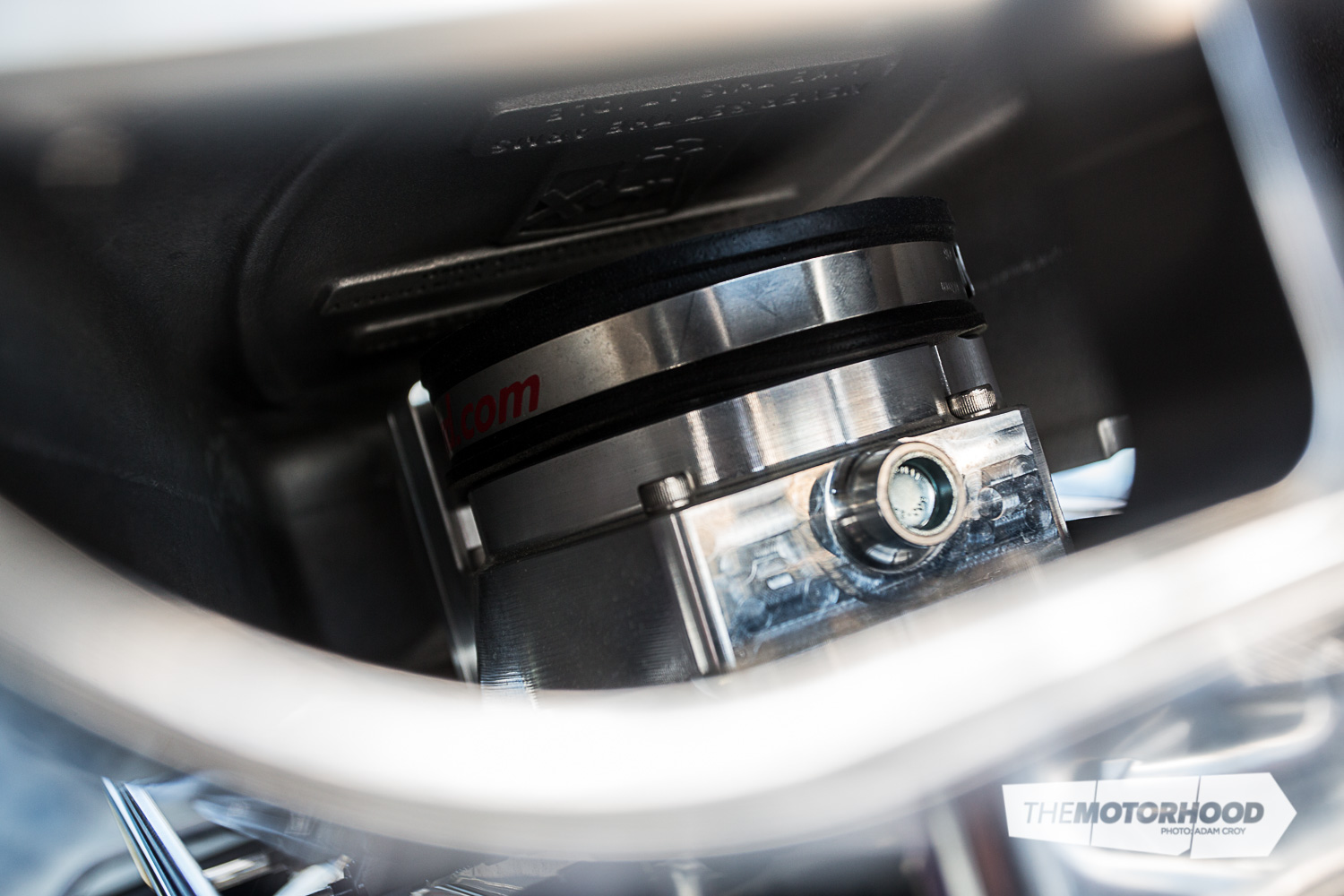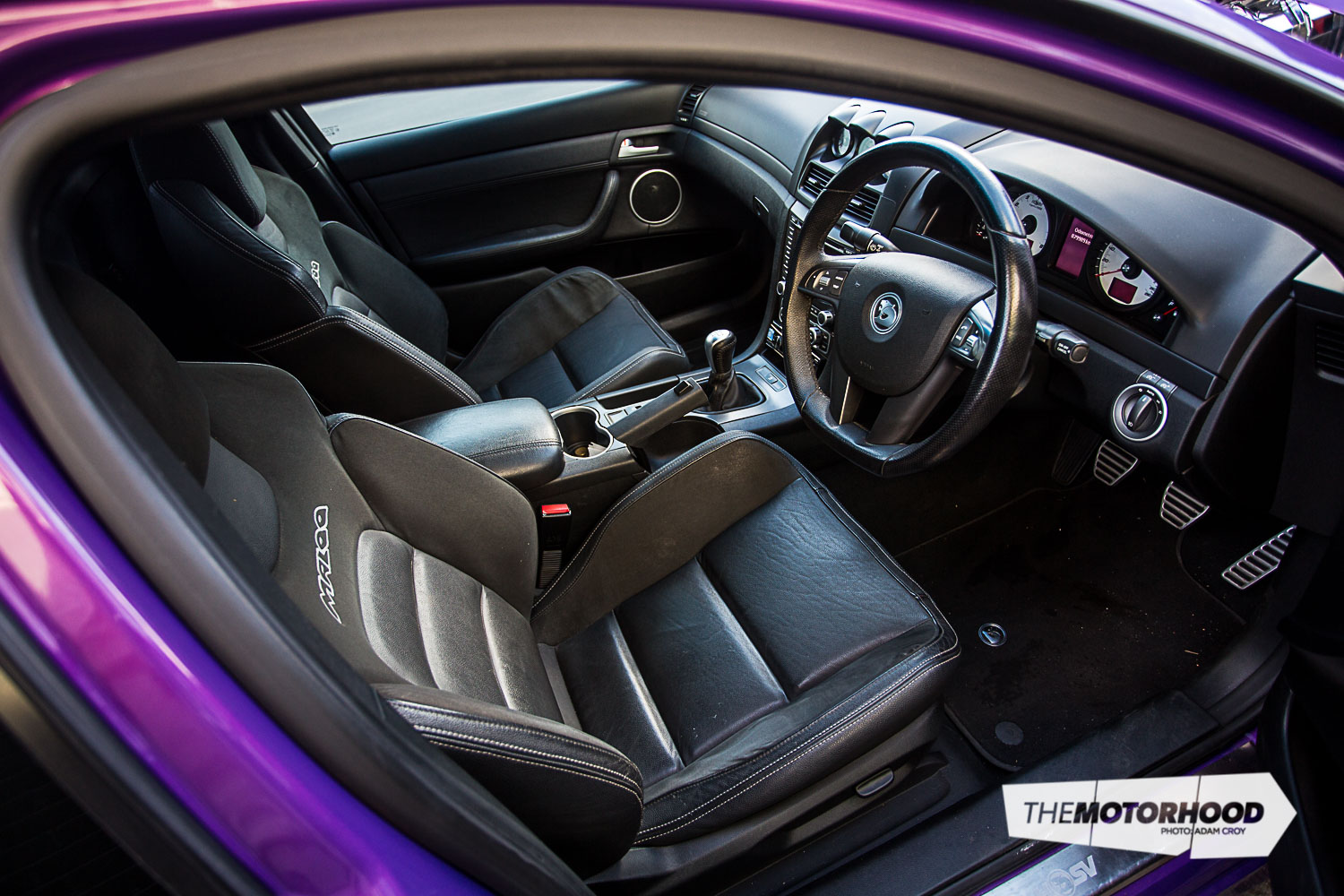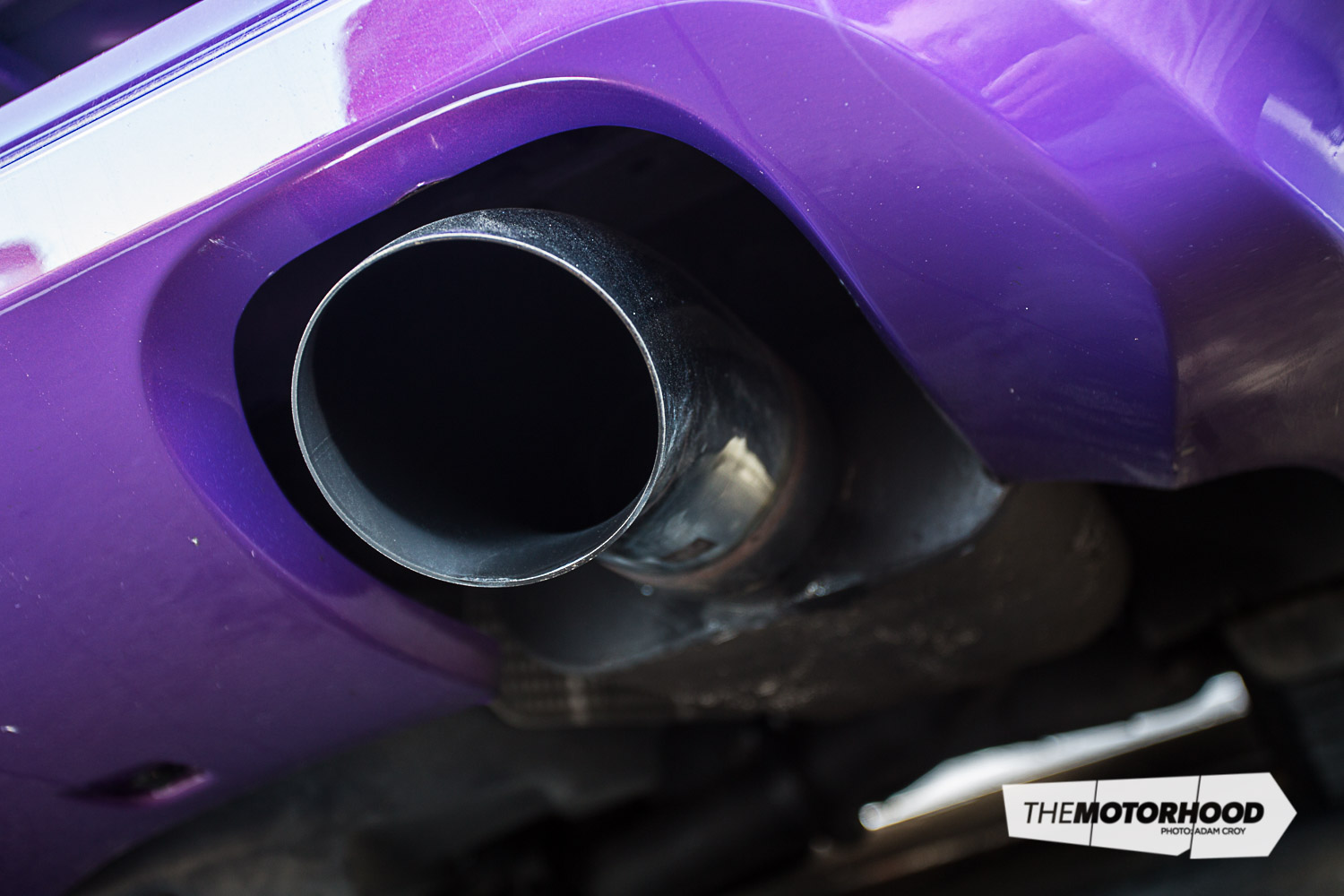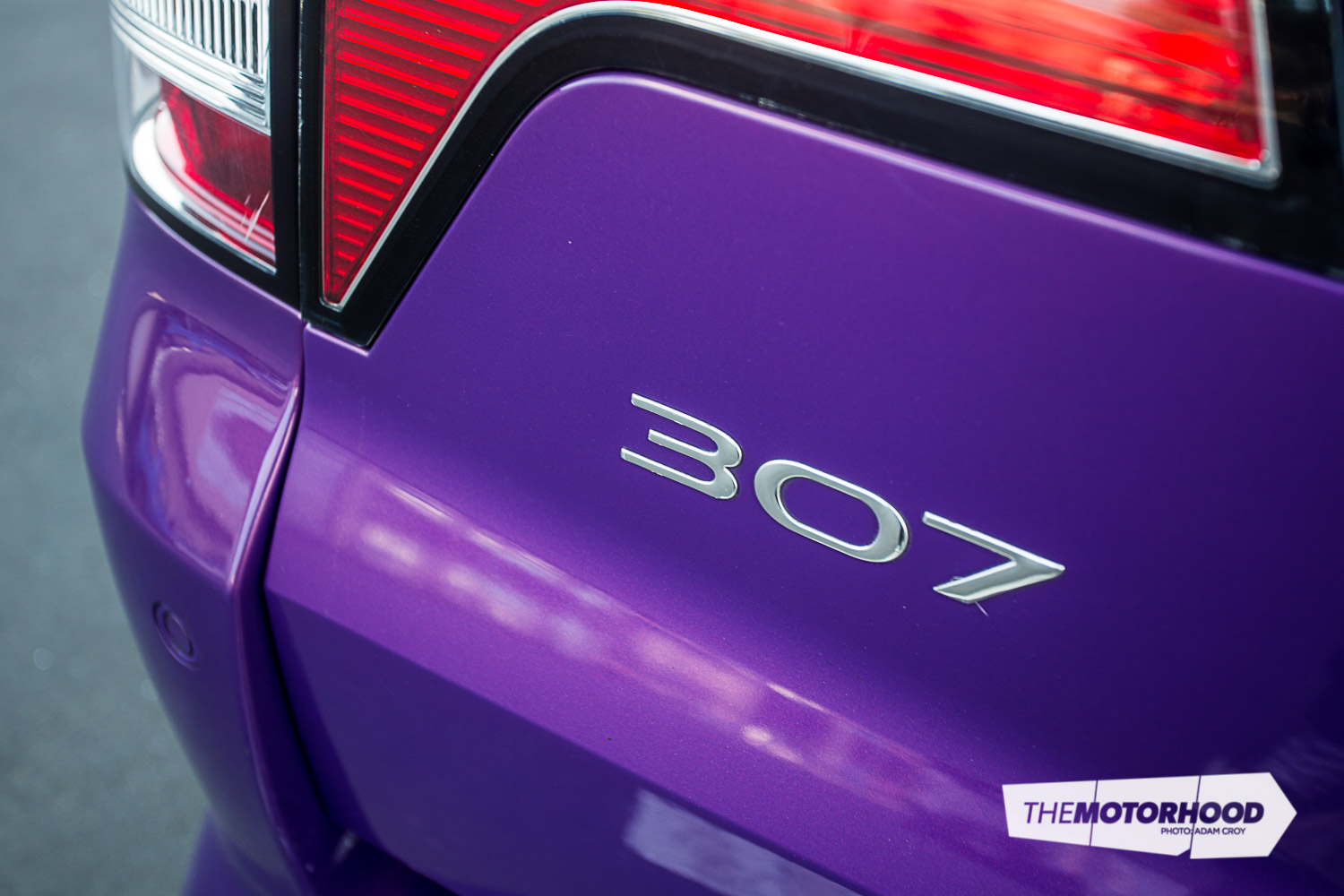Speed is one hell of a drug. No, not the amphetamine that got Lemmy through his whole adult life, but the actual act of moving at a very rapid pace — a fix best acquired by shouting the following two words: more power!
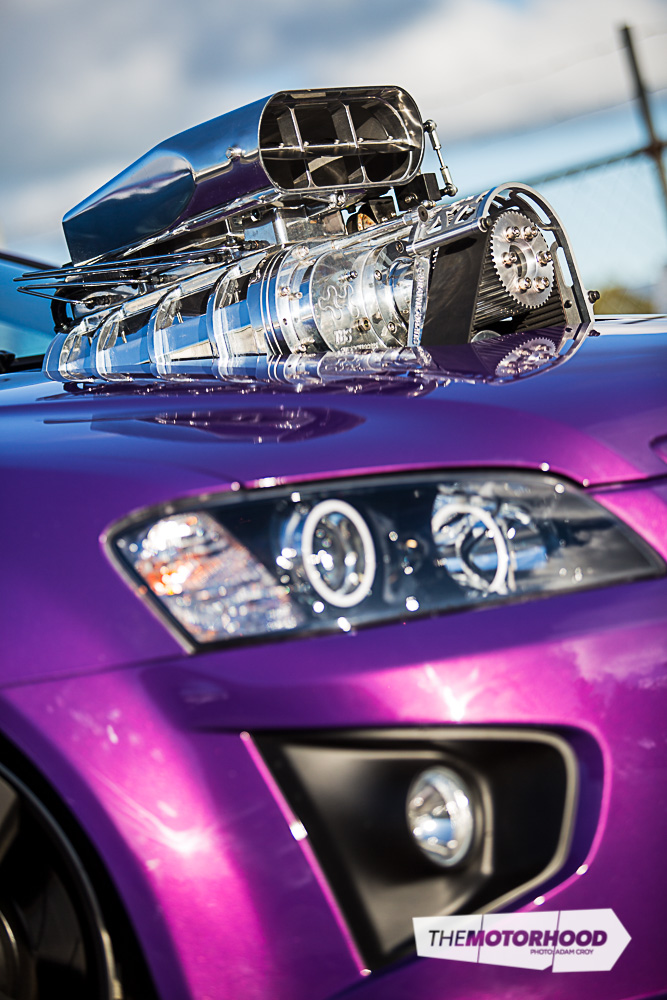
It’s a slippery slope, but we reckon the owner of this insane HSV Maloo has finally reached the end … for now. The Maloo was a good start, with an LS2 rated at 307kW (412hp) from factory, but although it took around a year to find a suitable example finished in the amazing Morpheous purple, it didn’t take anywhere near as long for the owner to get bored with the Maloo’s factory power output.
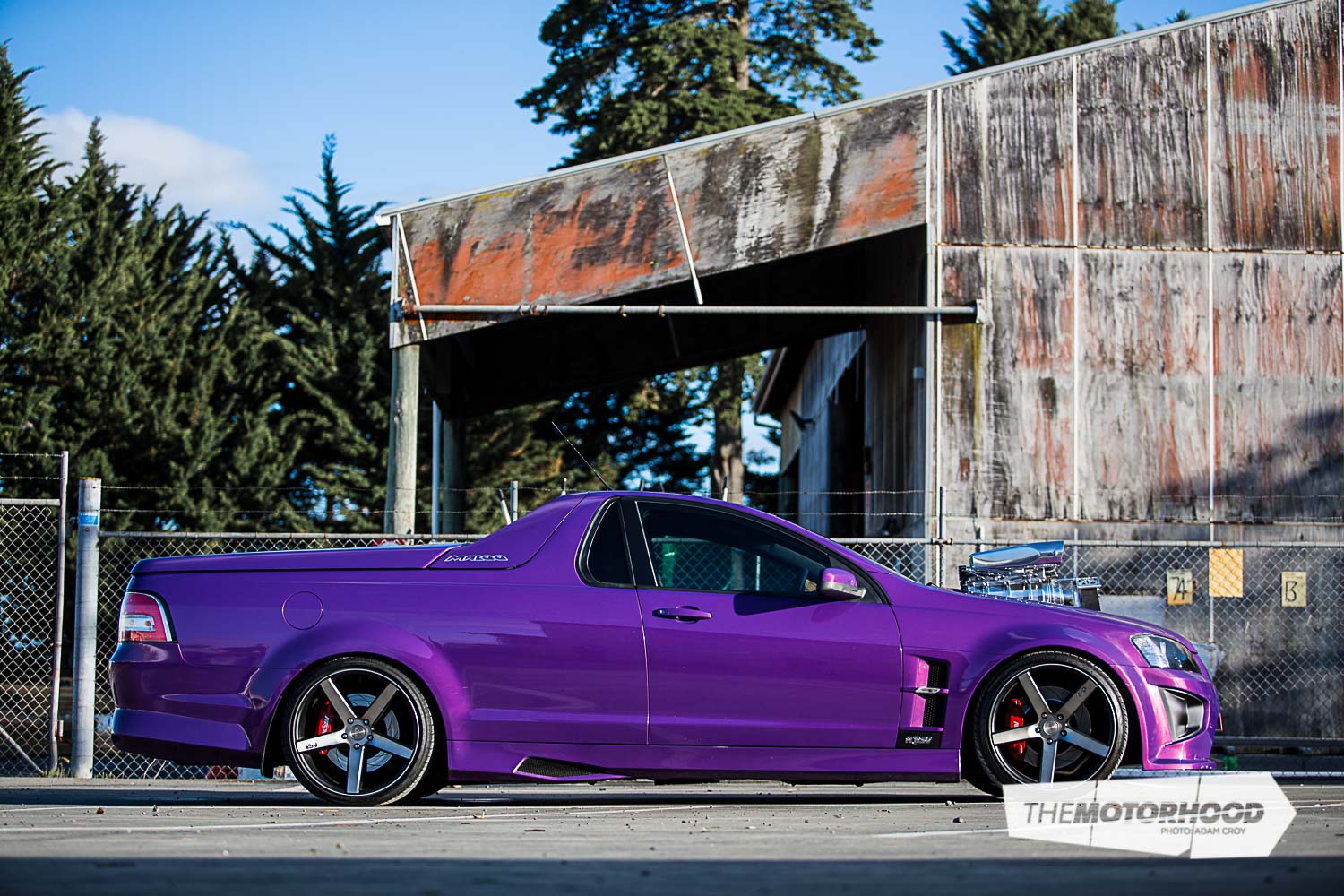
He knew the best man for the job would be Chris at Pro-Street Performance. We first heard about Pro-Street Performance several years ago, after Chris bolted a big turbo under the bonnet of an HSV GTS, and he’s still playing around with late-model GM performance cars.
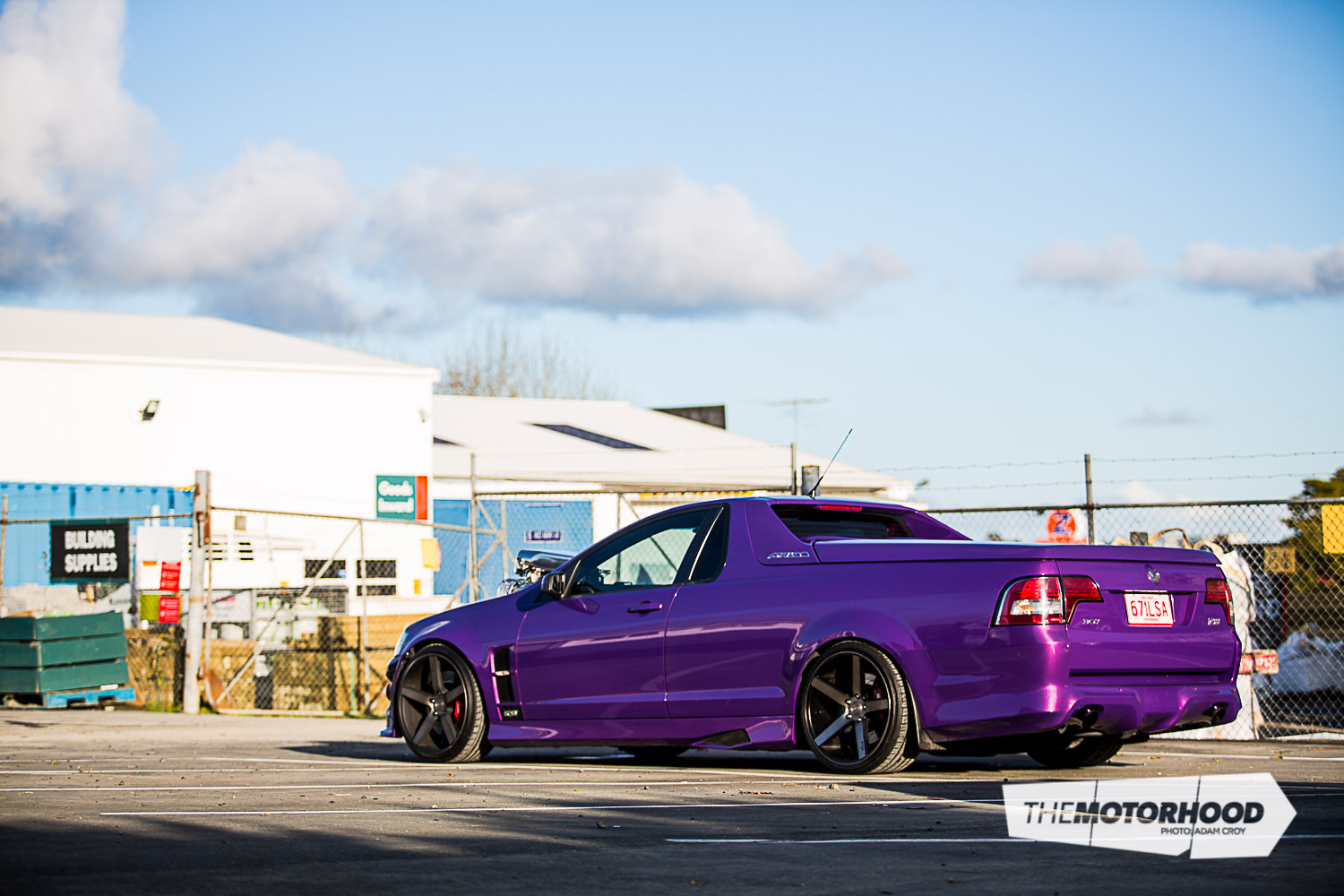
And, although the aftermarket provides so much support for GM’s LS engines, the owner didn’t want to do things the way every other person would. While forced induction would be the answer, a Magnusson blower with a factory bottom end wasn’t going to be the way. Instead, he opted for a brand-new GM LSA crate engine.
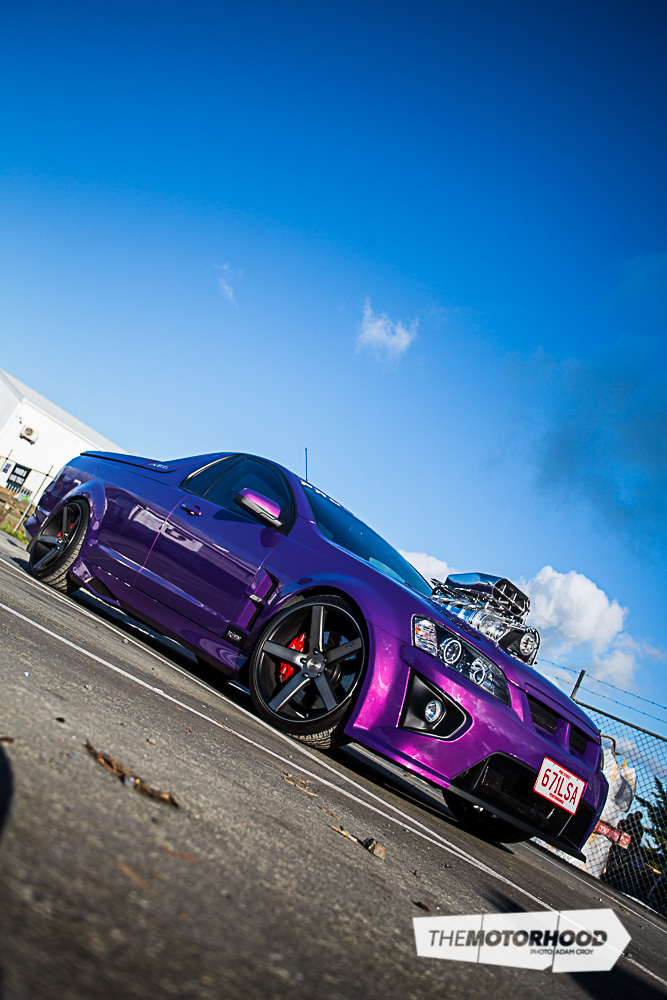
Used in GM’s highest-performance cars, including the latest HSV VF GTS, the supercharged LSA delivers 556hp straight from the crate. It’s not as simple a conversion as it may sound though, and Chris tells us that it was the first LSA-converted VE HSV in New Zealand. As you may have guessed, it didn’t take long for the owner to get used to the LSA’s power.
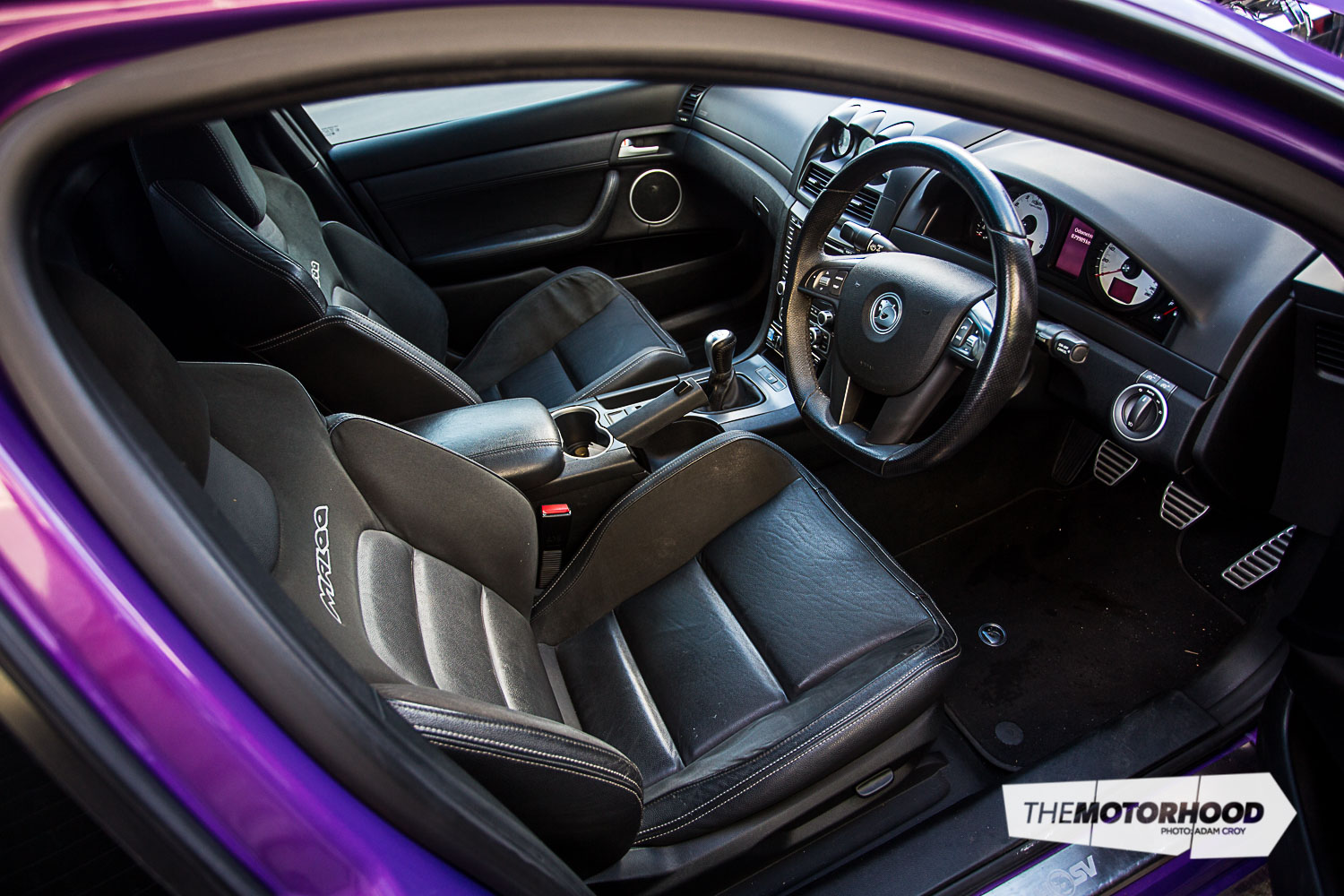
Next up, Chris worked his magic on it, turning the wick up to 720hp, and finally reaching a stage where the owner wasn’t desperate for more. However, the car was still an HSV, and already had a reputation for being fast, but there was no indication as to just how much faster it had become.
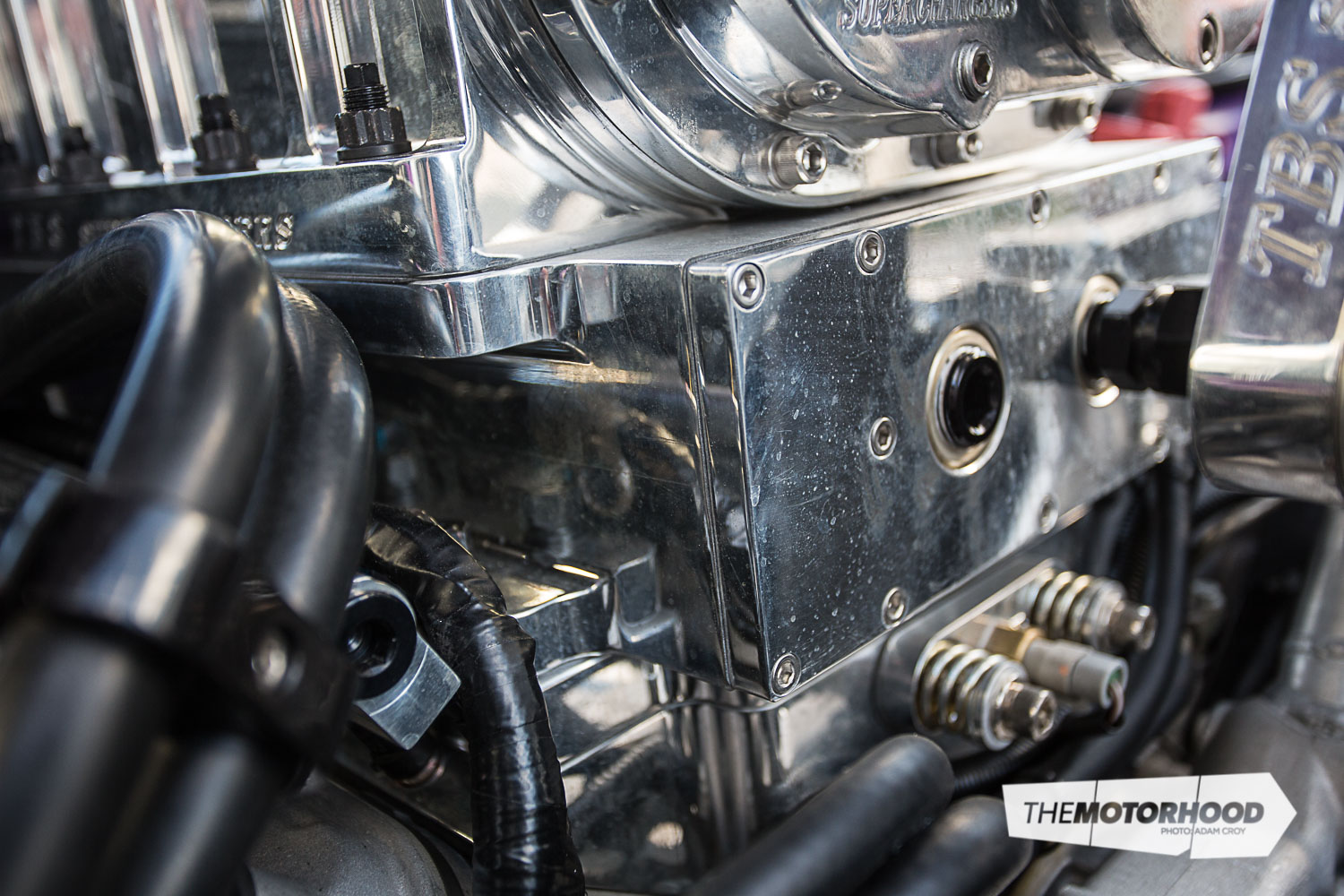
Cue the next stage of the build — a TBS 6-71 supercharger, usually found on vehicles many years older than the Maloo. An aftermarket intake manifold allowed the use of a four-inch water-to-air intercooler — necessary for the boost pressure being run — to which the big supercharger is bolted.
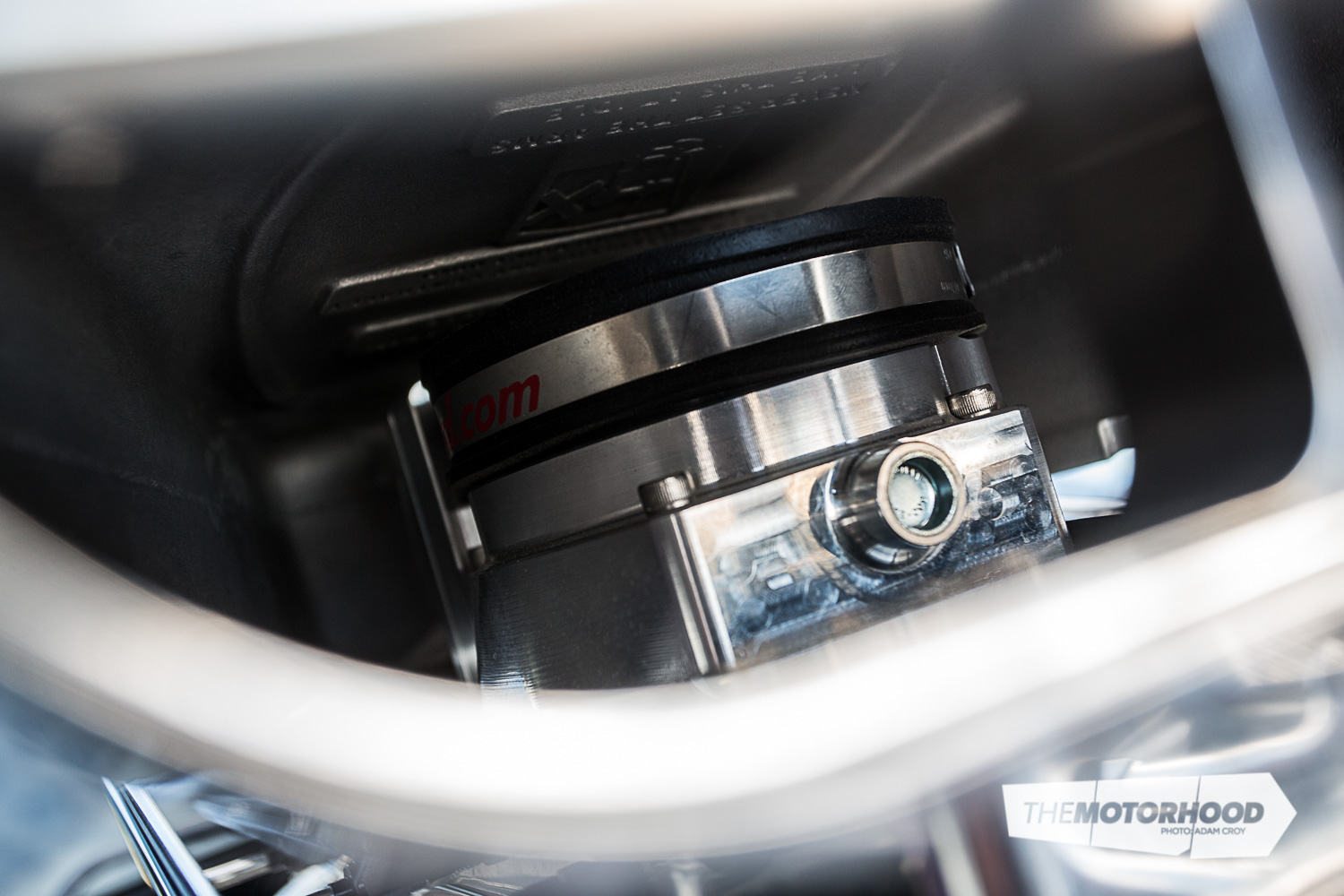
Intake air is channelled through a 102mm billet throttle body — well disguised beneath the Garlits Streetcatcher scoop — on a supercharger adapter plate, and it’s worth mentioning that all the required sensors and wiring works off the LSA loom.
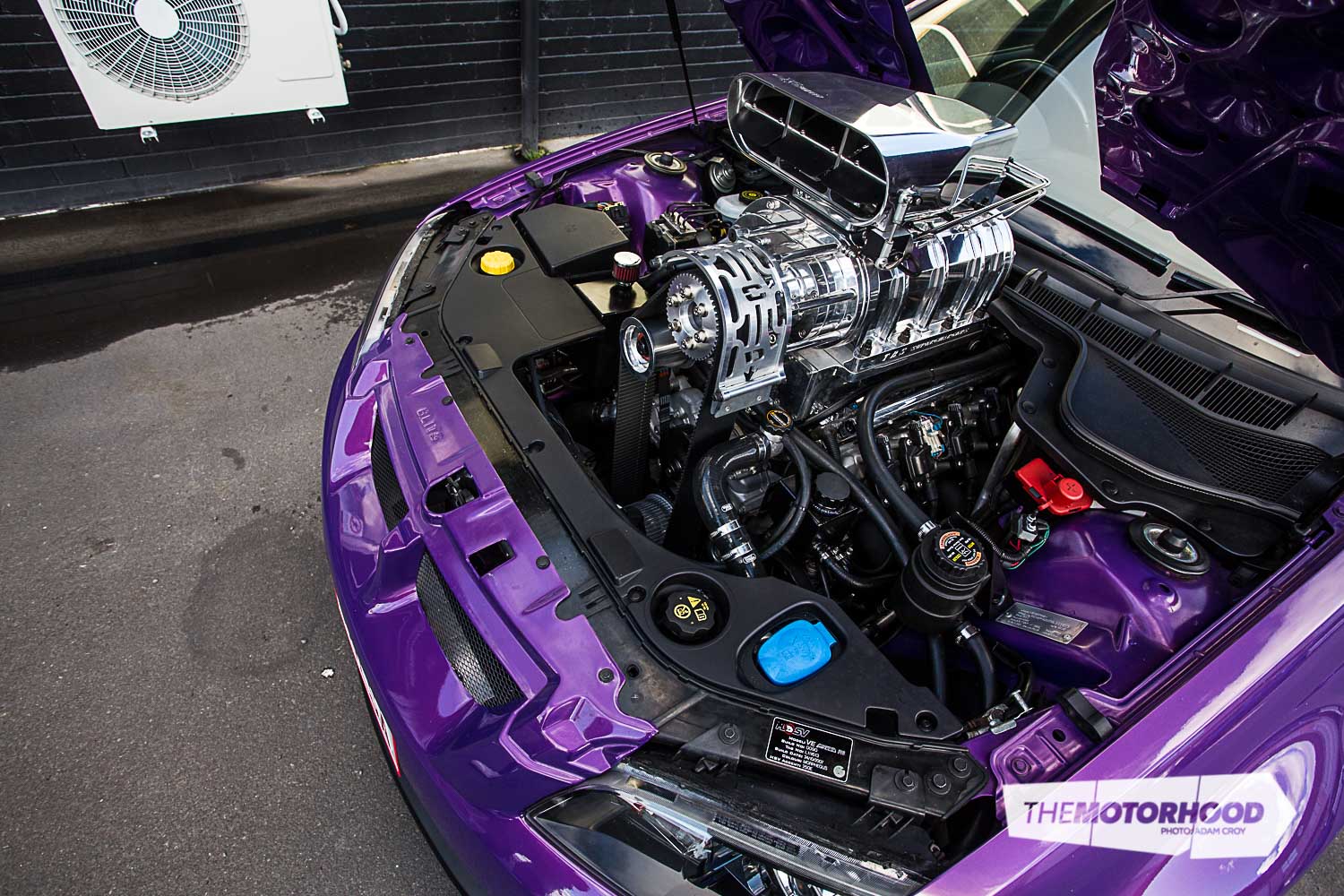
The intake butterflies are another neat bit of attention to detail. Since the LSA runs a drive-by-wire throttle body, there is no throttle cable, meaning no physical linkage. Instead, Chris adapted a vacuum-actuated bi-modal exhaust valve, commonly used in HSV exhaust systems, to control the butterflies. As it is operated off intake manifold vacuum, the flaps are fully open when the engine is turned off, but works exactly as you’d expect when running.
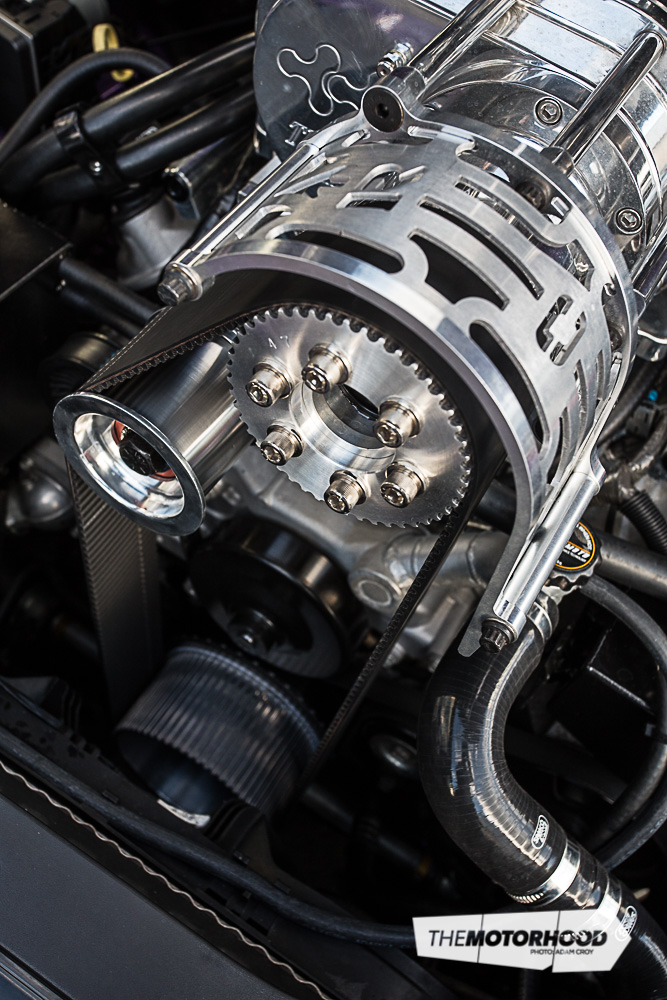
Although the supercharger conversion may sound straightforward, it wasn’t a simple case of bolt it on, wire it up, and all is well. A plethora of things needed to be seen to in order to get everything finished properly, such as the water pump neck, which required customizing for clearance, and the previously installed aftermarket injectors, which were already nearing their limit on the 720hp tune — now upgraded to 75lb/hr units.
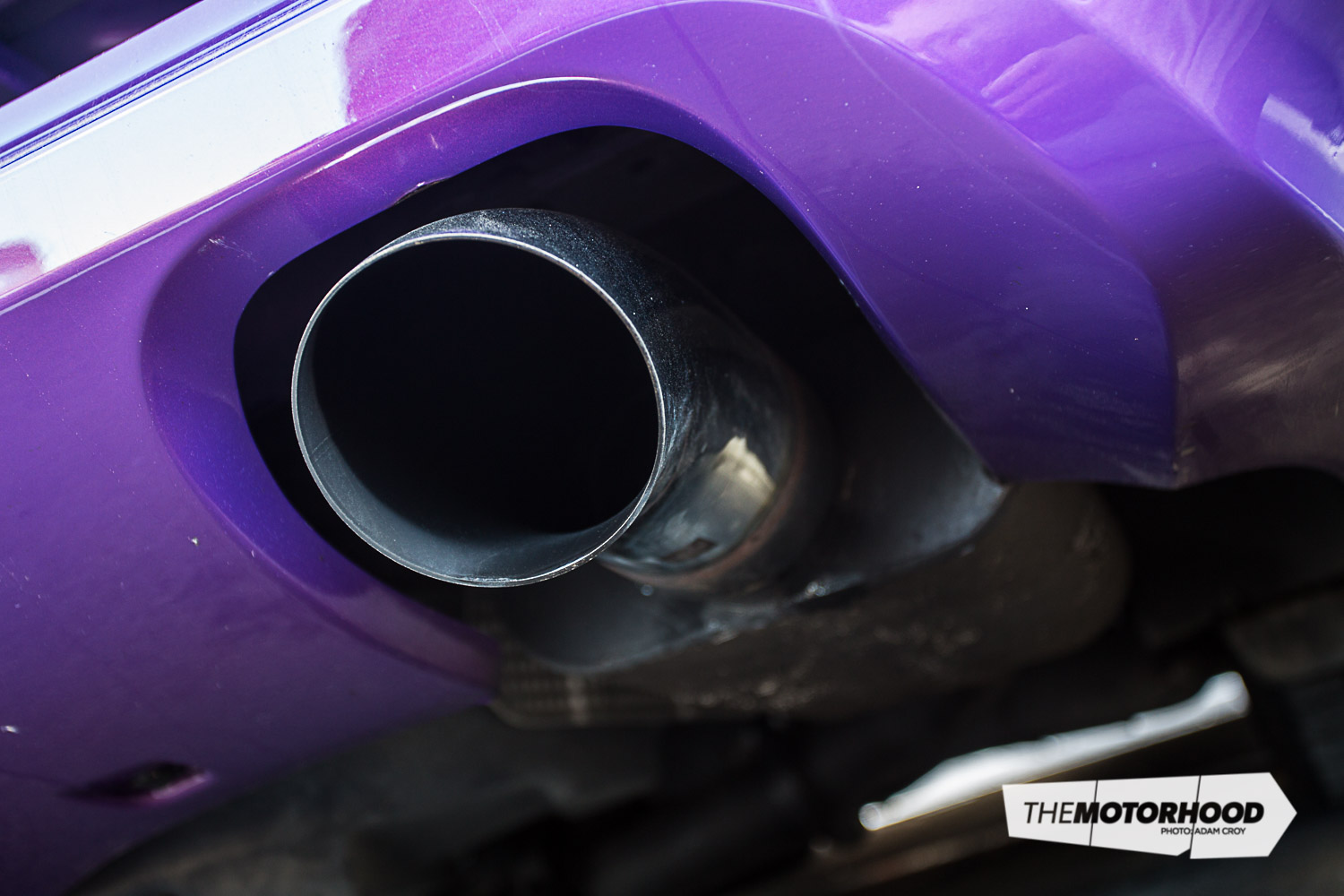
So far, the new engine combo has proven to be good for 802hp at 14psi of boost, and still runs easily on pump gas. It sounds just as angry as it should, with an incredible bark coming through the twin three-inch exhaust exits, and should finally be at a stage where the owner is satisfied with the performance on tap. That said, Chris says it’s getting near the reliable limit of the alloy block, which is probably a good thing.
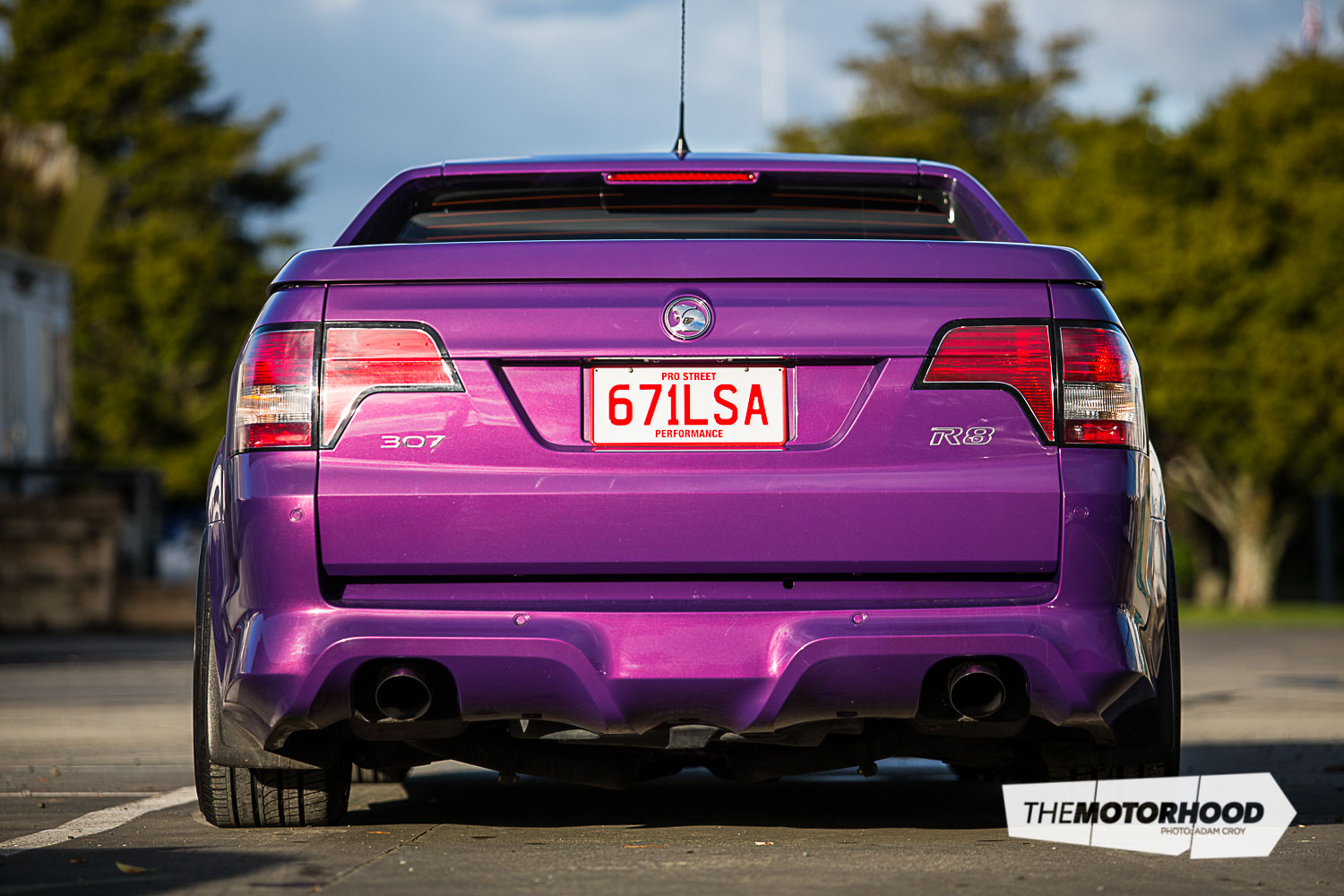
The 20-inch concave Niche rear wheels are wrapped in 275/30ZR20 rubber, and despite their fat footprint, we have little doubt that they’d put up much of a match for the monster power plant at the other end. A triple-plate clutch helps keep things under control for the Tremec TR6060 six-speed manual transmission, and a Harrop diff-centre holds everything together out back — with these features, smoke would be on tap should the owner elect to disable the factory traction control.
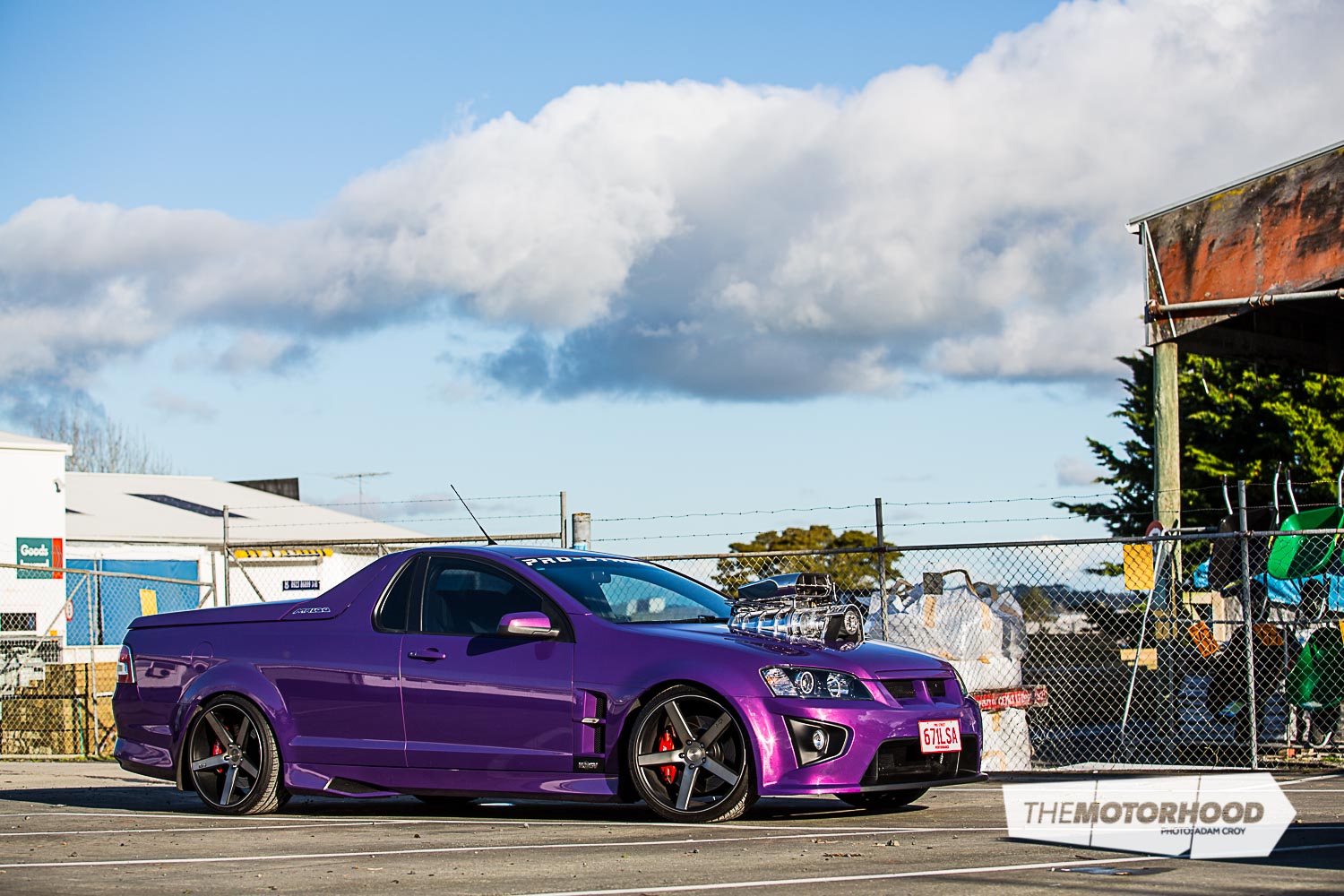
Now, after an immense amount of work — including custom fabrication by Karl at K-Spec Fabrication — it would seem that the customer has ended up with what has got to be the angriest, and certainly most unique, Maloo in New Zealand. We’re looking forward to seeing this thing out there making 800hp worth of noise, although we’ve got to wonder how long it’s going to be before it’s back at Pro-Street Performance for yet another serving of horsepower …





